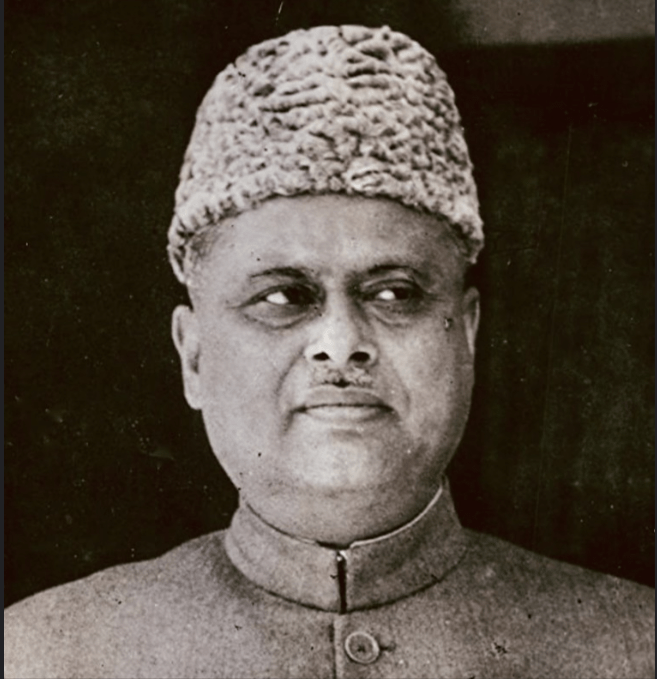Under Quaid-i-Azam’s constitutional framework, executive powers lay with the Prime Minister. When Liaquat Ali Khan was assassinated on October 16, 1951, Khawaja Nazimuddin, who was the Governor General at that time, took over as the second Prime Minister of Pakistan. Ghulam Muhammad, who had been Finance Minister since the inception of Pakistan, was elevated to the post of Governor General.
It was under Prime Minister Khawaja Nazimuddin that the second draft of the Basic Principles Committee was presented to the Constituent Assembly on December 22, 1952. He remained in power till April 1953 when Ghulam Muhammad removed him from the office. Khawaja Nazimuddin’s downfall was not only due to his meekness of character, but also due to the power struggle amongst the various leaders. The movement for Tahaffuz-i-Khatam-i-Nabuwat and the worsening food condition in Punjab caused a lot of trouble for Khawaja Nazimuddin.
The anti-Ahmadiya movement was started in Punjab by the Ahrar and had the support of Mian Mumtaz Daultana, the Chief Minister of Punjab. This movement soon spread to other parts of the country. There were widespread disturbances and the situation in the country soon worsened to the brink of anarchy and civil war. Imposition of Martial Law became imminent. Khawaja Nazimuddin was summoned by the Governor General along with his Cabinet and ordered to resign. Khawaja Nazimuddin declined but was dismissed by Malik Ghulam Muhammad on April 17, 1953. After the dismissal of Khawaja Nazimuddin, the Governor General appointed Muhammad Ali Bogra, an unknown person from East Pakistan, as the Prime Minister.
Most historians agree that the removal of Khawaja Nazimuddin was improper, undemocratic and objectionable because the Prime Minister still enjoyed the confidence of the Parliament. This act set an unhealthy tradition and precedent for the future Presidents who were fond of removing elected governments, thus creating continued instability in the country.
This article was last updated on Sunday, June 01, 2003






